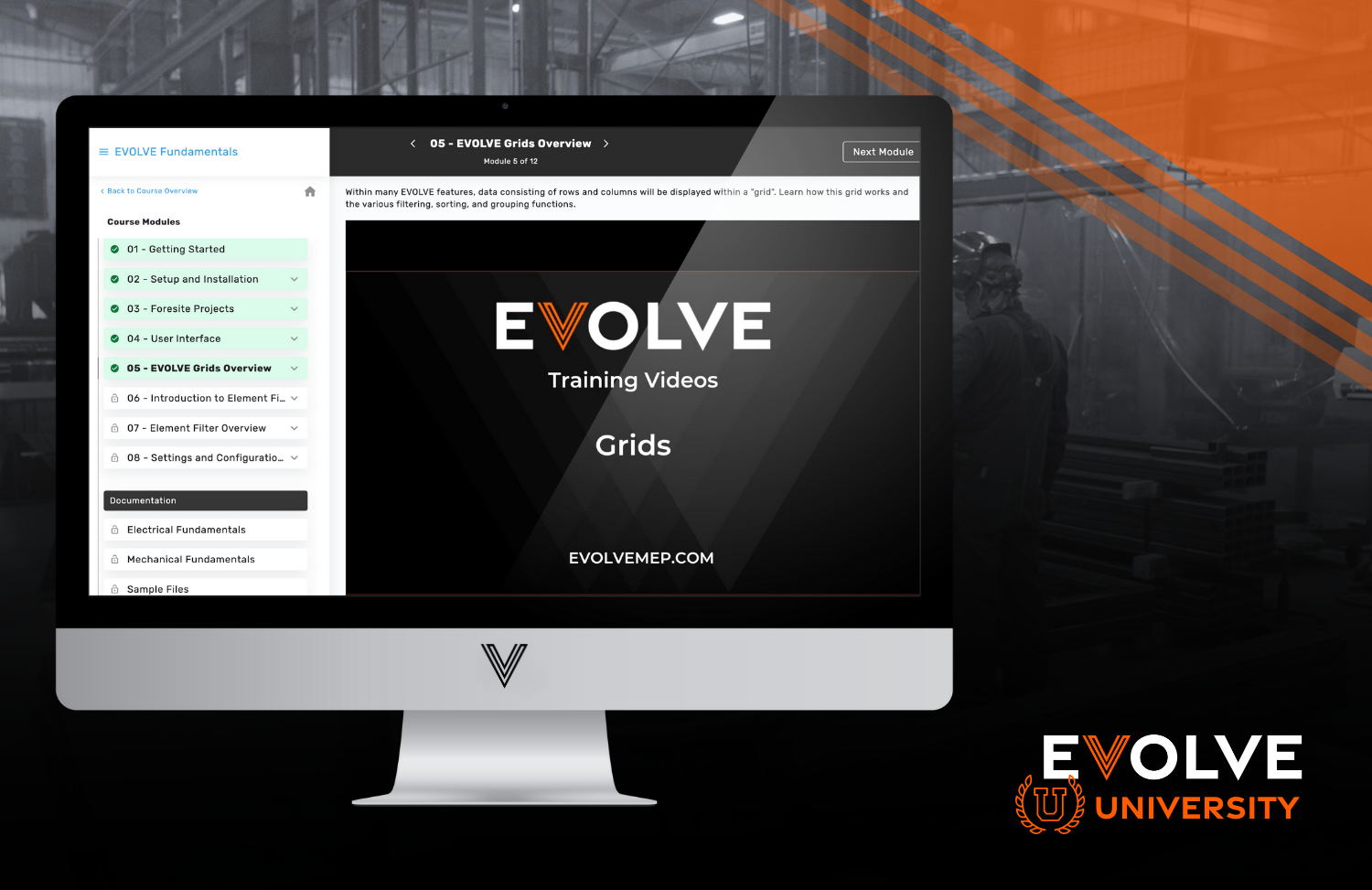Make sure your systems play well together
Don’t forget to share this post!
Related Articles
EVOLVE Mechanical and EVOLVE Electrical 7.4 Introduces New Features to Elevate BIM Efficiency for MEP Projects
EVOLVE, the cutting-edge BIM software designed to seamlessly integrate with Autodesk Revit, is announcing the launch of EVOLVE Mechanical and EVOLVE Electrical Version 7.4.





